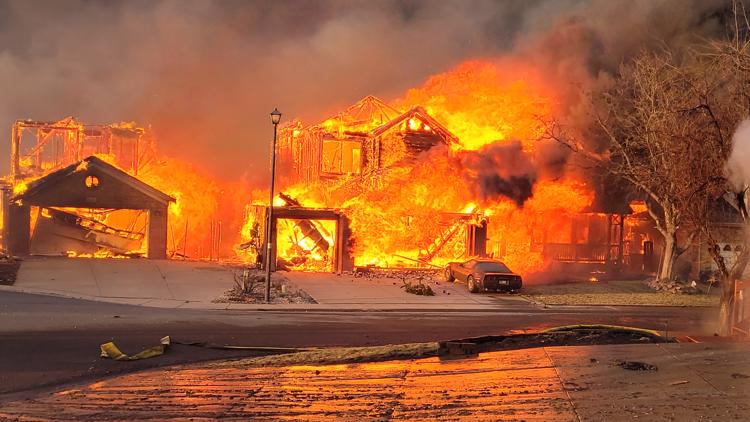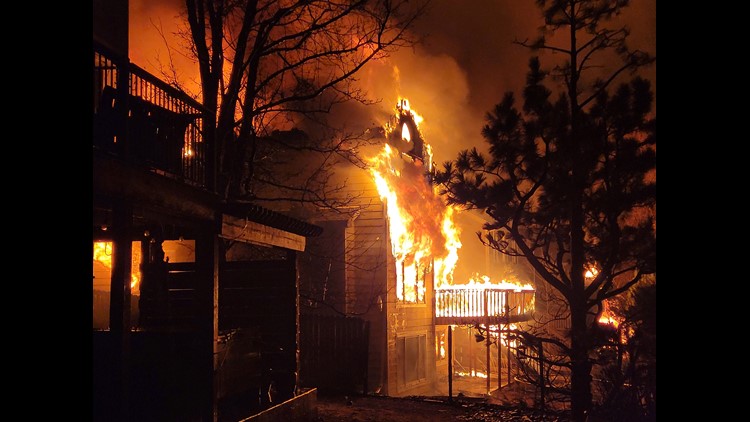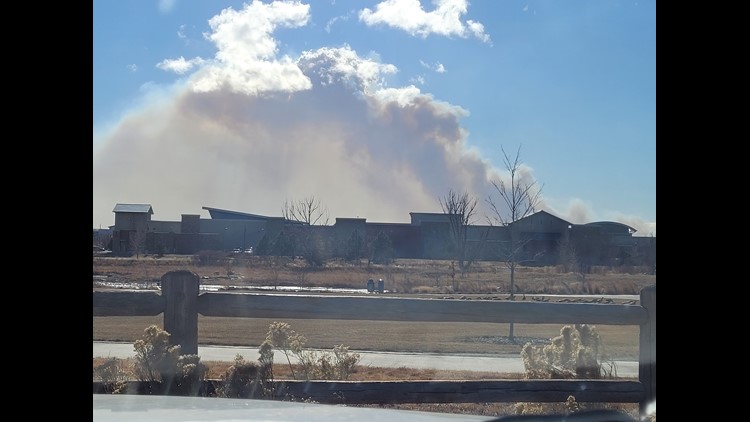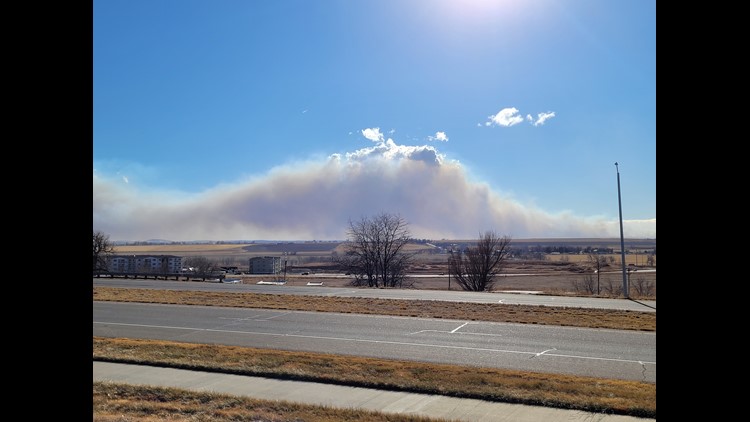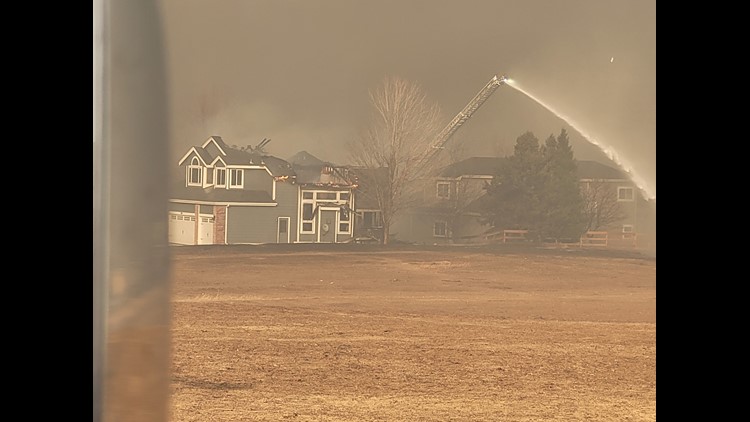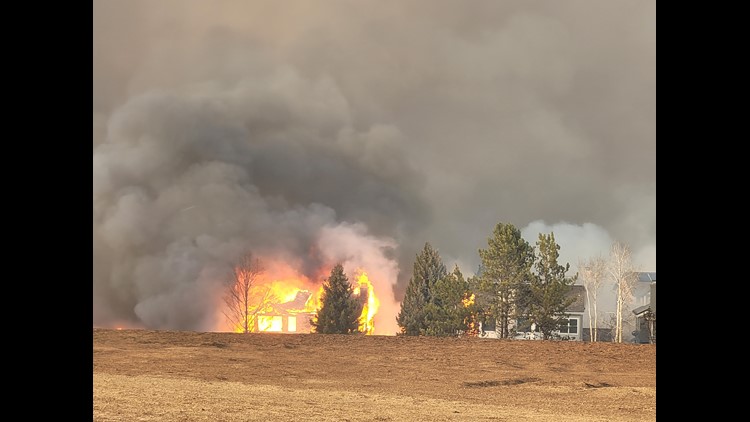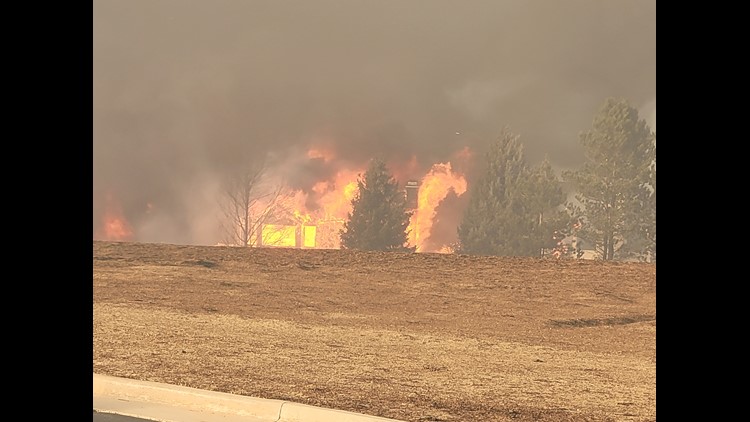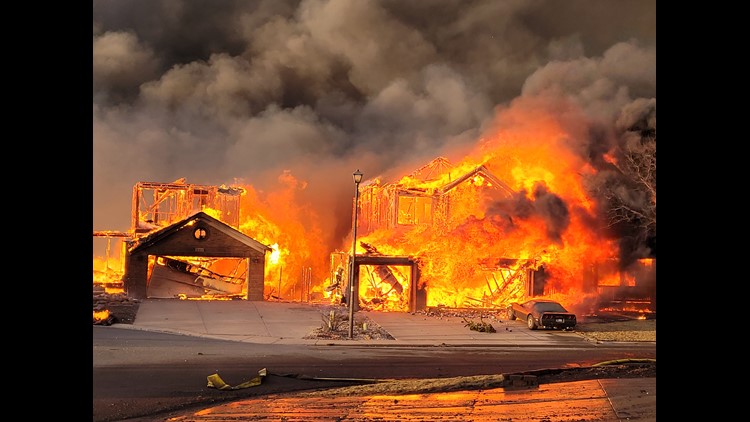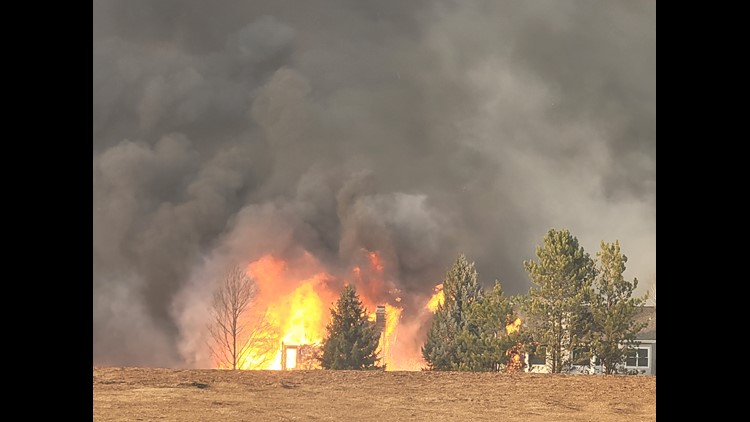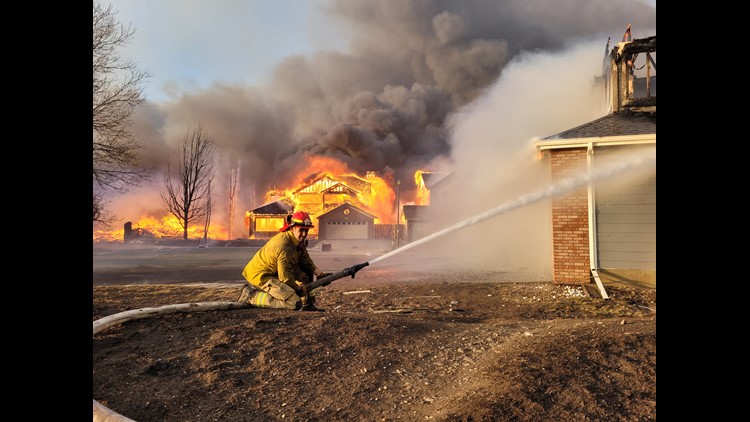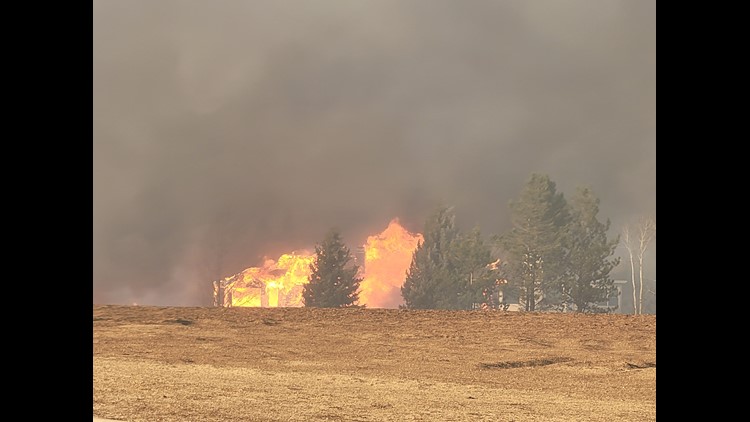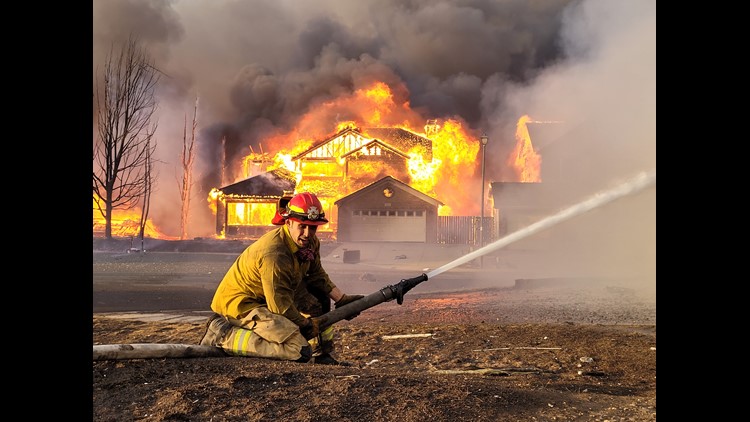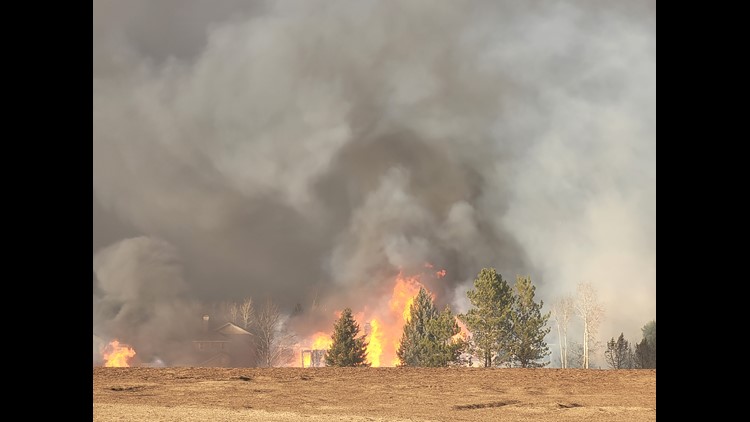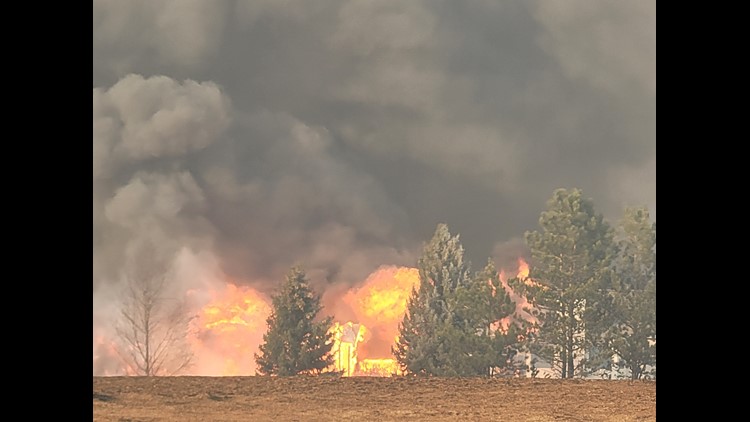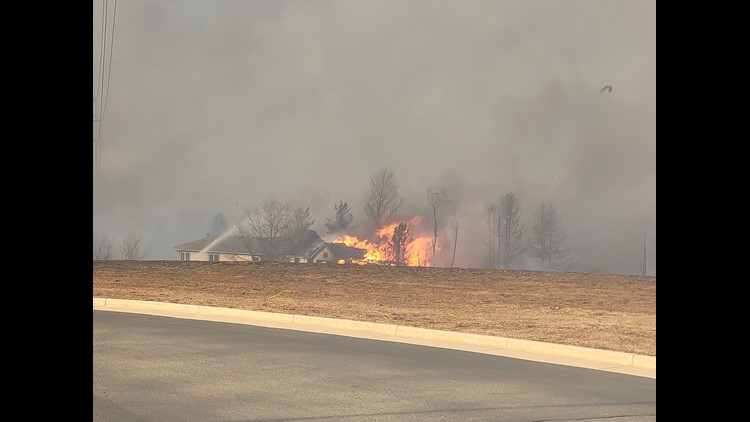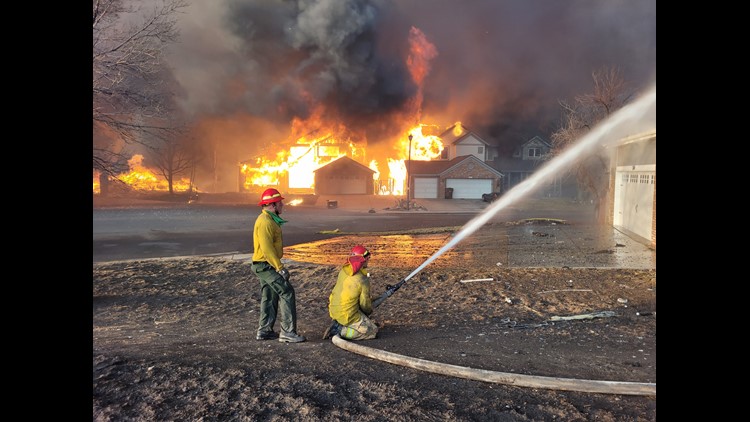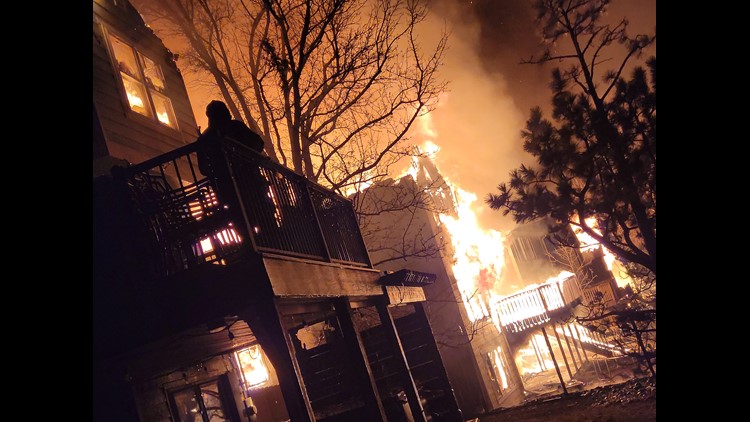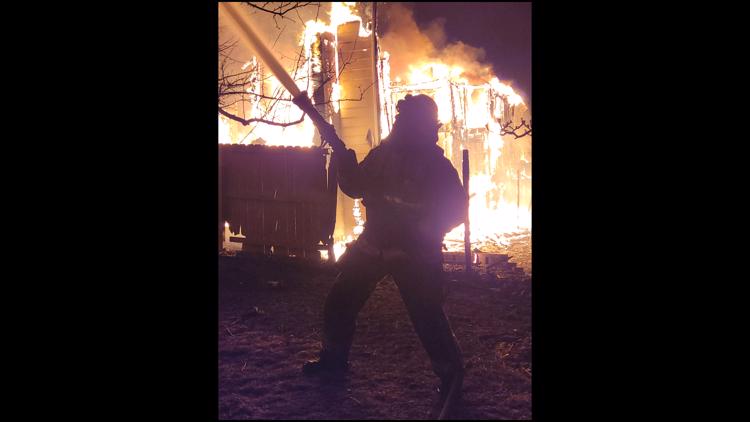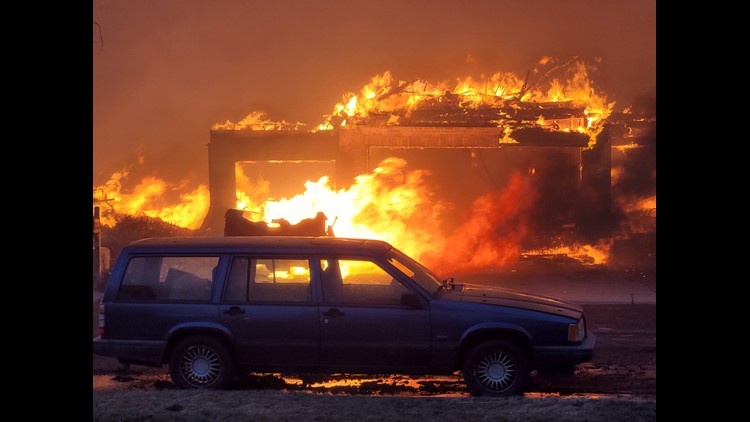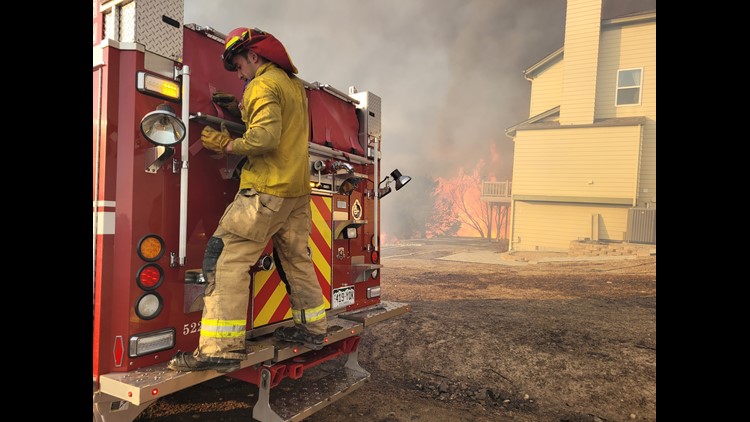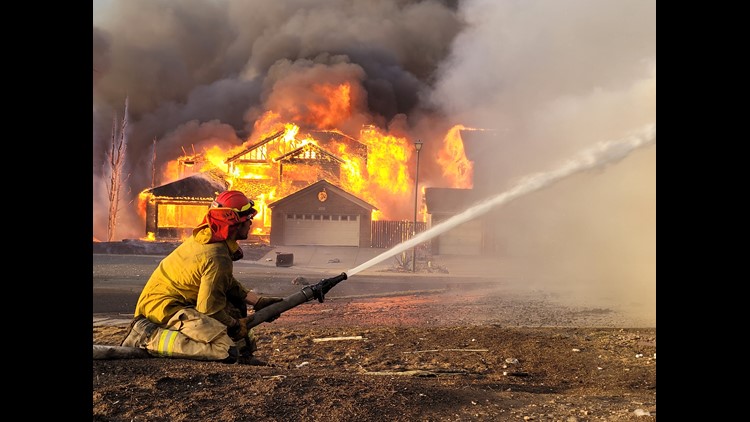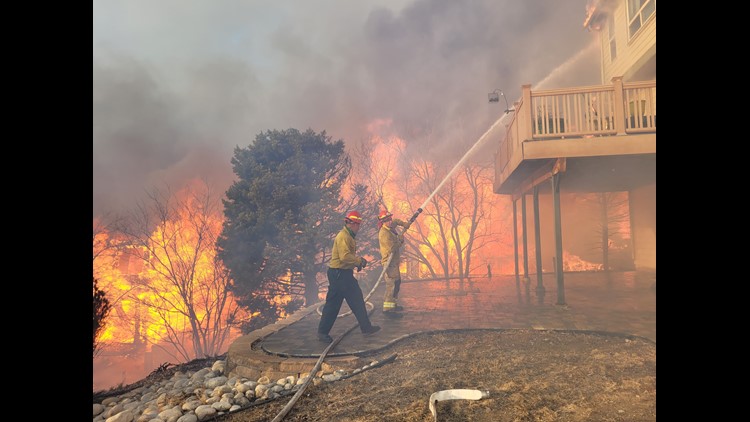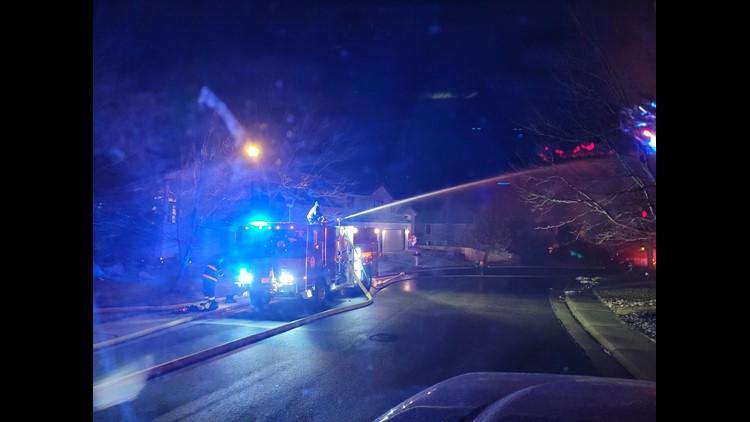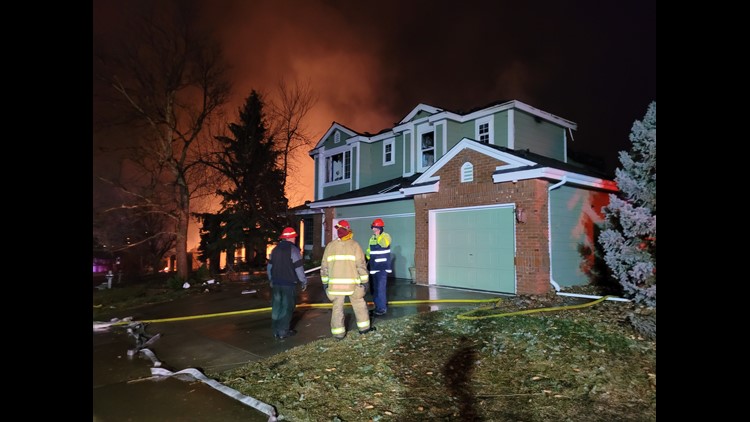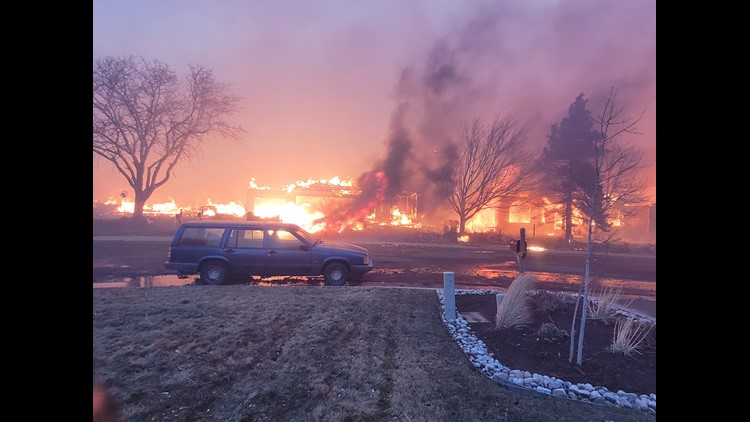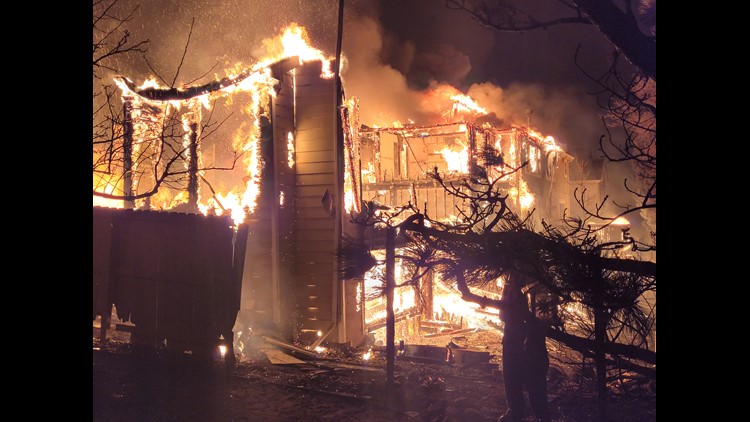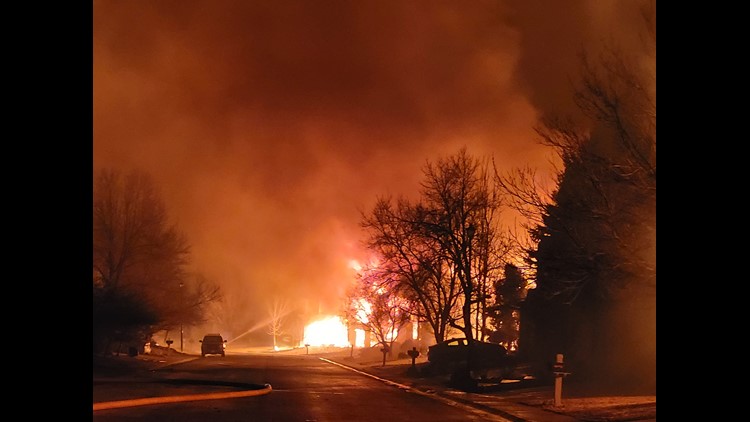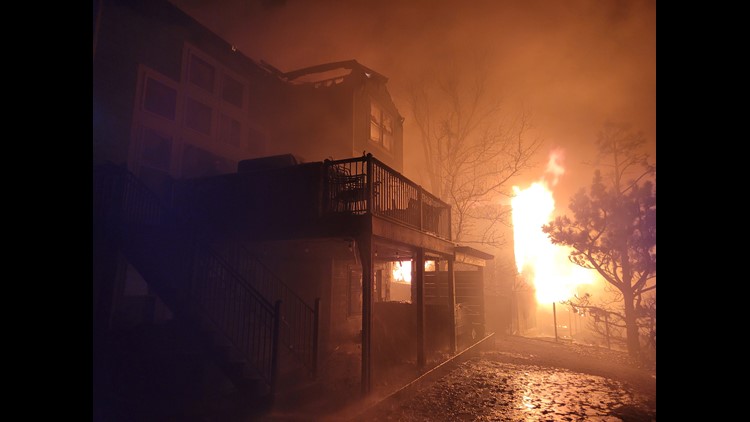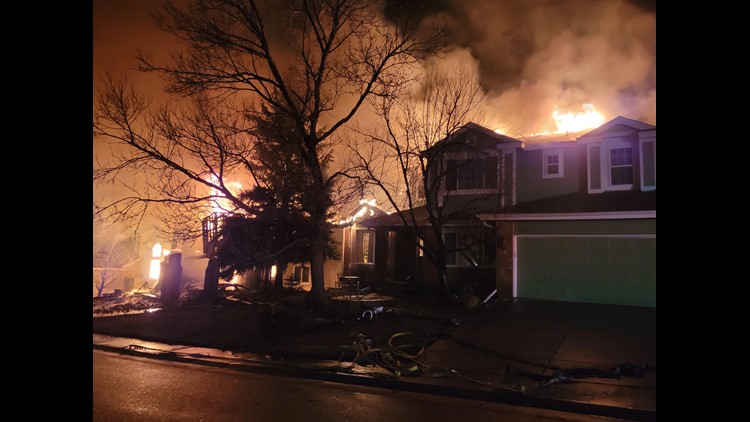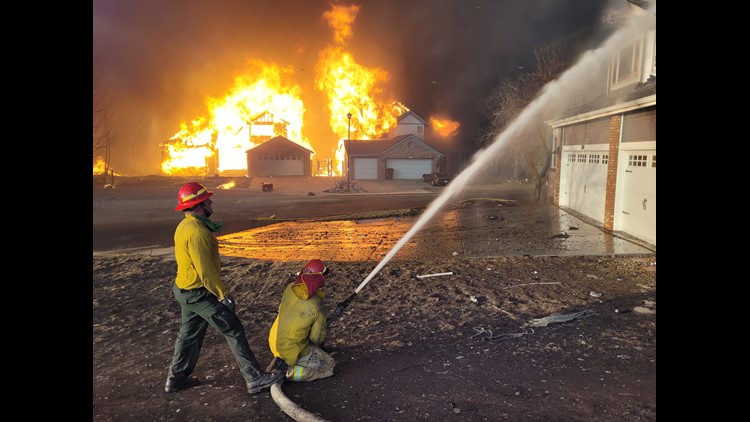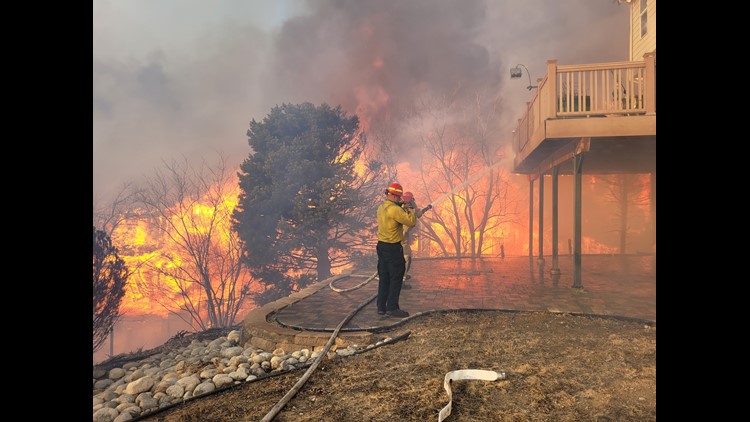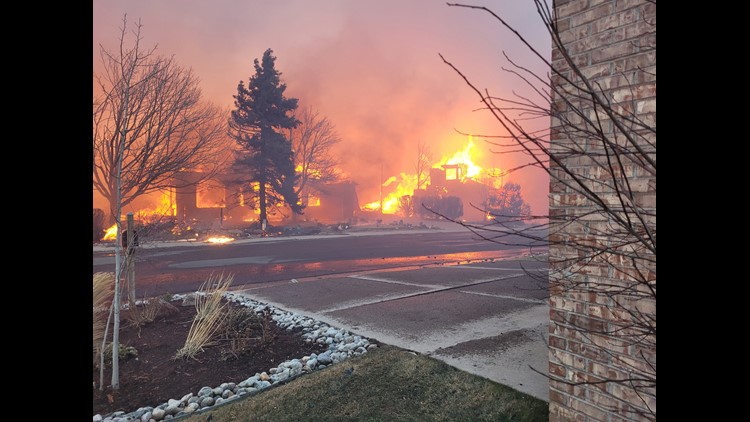LOUISVILLE, Colo. — A large part of Charlotte Buck’s life savings was reduced to ashes in the Marshall Fire.
Her home, which she paid off in 2019, was destroyed on December 30.
“I had paid off my house by buying an old car and dipping into my savings because the payment was taking more than half of my social security income,” she said.
Buck is now living in temporary housing while she contemplates rebuilding. She worries her insurance policy might not cover the total cost.
“I don’t believe I was insured for a full replacement,” she said. ”I believe I had a top line and I’ve found out that’s under $300 per square foot. And people are getting estimates for rebuilding between the $350 and $400 range.”
The top line she’s talking about is a coverage cap on her insurance policy. It’s the same stumbling block that’s tripping up her neighbor Mark Wiranowski’s efforts to rebuild as well.
“We’ll be underinsured to the tune of hundreds of thousands of dollars, and I think some of my neighbors who bought earlier are in even worse shape,” Wiranowski said.
“What we sure know is that the coverage caps are not sufficient to build a replacement home of like kind and quality that people in my neighborhood had.”
Wiranowski said some neighbors in a Slack channel his neighborhood has created devoted to the fire said their insurance companies were quoting the cost of rebuilding at as low as $215 per square foot. But builders were quoting $325 minimum, with the city of Louisville saying it could cost as much as $350 per square foot to build new homes up to code.
Longmont firefighter captures images from Marshall Fire
Carole Walker, the executive director of the Rocky Mountain Insurance Information Association that represents insurance companies, said it’s too early to know the actual cost of rebuilding homes.
“Most insurance policies have what we call replacement or extended replacement and then even an inflation guard usually at least 20 percent of what those inflation costs are,” she said.
“If there are gaps in those coverages, fortunately we do have the [Federal Emergency Management Agency] individual assistance moneys, too.”
Walker said rebuilding costs are always escalated after a natural disaster, as demand increases in the market. But she said the conditions surrounding this fire are different. The pandemic has impacted the supply chain which can delay goods and increase their costs.
But Sierakowski said he hopes the challenges faced by homeowners in Boulder County will get the attention of lawmakers. He said insurance companies should communicate coverage caps better and offer more plans without caps.
“I don’t see why every individual homeowner should have to fight that fight… or should have to assess construction costs each year? Should that really be individual homeowners’ problem,” he said.
He also said state lawmakers could consider changes to personal item policy regulation, forcing insurance companies to pay out more to survivors who lost their homes, without forcing them to list every item in their house.
“Itemizing works well if your kitchen had water damage and you have to list 200 individual items. It doesn’t work really well when you can’t recognize anything in the charred remains of my house.”
Walker, who represents the insurance agency, said there is a delicate balance between regulating the industry and making sure the industry can survive and continue to offer people insurance.
“We have to strike a very delicate balance that doesn’t make Colorado an outlier where it makes it more difficult for everyone to get insurance if they live in a high risk wildfire area, and that we’re not all paying more in premiums,” she said.
“If we have a non-capped policy that doesn’t reflect that risk where people aren’t paying that premium for the cost to rebuild… that’s where you put insurance in trouble. That’s where you put insurers in a position where they won’t be able to pay out those claims.”



